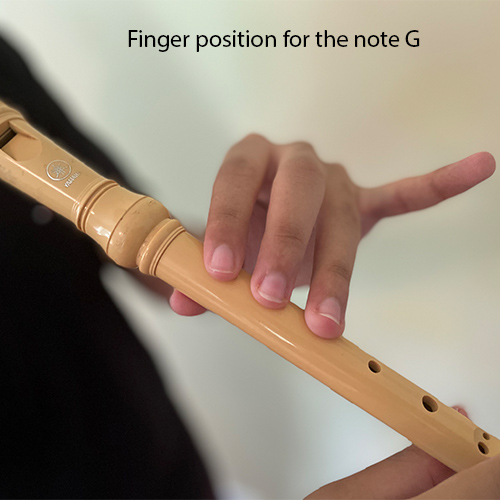Y3. Lesson 6. Practise traditional time names
Prior learning: None
Duration: 30 minutes
Materials: Woodblocks or claves
Keywords: Beat, rhythm, singing, chanting, partners, rhymes, circle games.
Difficulty: ![]()
Prepare
The dotted minim.
Present
Practise
Traditional time names
 Melodic development
Melodic development
![]() Students discover how to sing a known song in letter names.
Students discover how to sing a known song in letter names.
- Lead the class in singing Bounce High.
- Next, sing using the solfa and using hand signs.
- Demonstrate singing the letter names to the class.
- The class should now sing the letter names without hand signs.
- Repeat, with another simple song such as See-Saw.
 Rhythmic development
Rhythmic development
![]() Students write time values in their notebooks.
Students write time values in their notebooks.
- Project the worksheet on the board or print out individual copies.
- Remind students of the traditional names for note lengths, including the semibreve (whole note), minim (half note), crochet (quarter note), quaver (eighth note) and semiquaver (sixteenth note).
- Starting with the first example, ask students how many beats the note is worth in quadruple time.
- They should answer and write the name in their notebooks.
- Continue for all the other examples.
![]()
It is important to show students that the value of the beats is halved in duple metre (2/4), where there are alternating strong and weak beats. Any measure of duple meter can consist of one minim, two crotchets, four quavers, eight semiquavers, etc (or any combinations that fit).
 Creative movement
Creative movement
![]() Students enjoy this classic line game.
Students enjoy this classic line game.
![]()
The game is fun and serves as a cultural artifact, teaching children a piece of historical folklore associated with one of London's most famous landmarks. The origins of the rhyme are not precisely known, but it is believed to date back to the Middle Ages, reflecting the various difficulties experienced in maintaining the bridge across the River Thames.
 Listening
Listening
![]() Students discover an exciting piece of music by Rossini.
Students discover an exciting piece of music by Rossini.
- The "Finale" of the William Tell Overture evokes the image of a swift horseback ride. This section is characterised by its lively dynamics and the use of repeated motifs that build in intensity, creating a sense of urgency and excitement. The music is orchestrated to convey the feeling of a heroic charge or a chase, utilising a full range of the orchestra to achieve its dramatic effect.
- Play the music to the class.
- Ask them if they recognise the music.
- Ask how the music made them feel. Happy, sad, excited?
- Ask if anyone recognised any of the orchestral instruments in the piece.
 Visual learning
Visual learning
![]() Students practise writing notes on the staff.
Students practise writing notes on the staff.
- Project or print the worksheet.
- Instruct the class to provide the names of the notes that are on a line, [EGBDF].
- Ask for the note names that sit in a space [FACE].
- When secure, ask students to answer each question and draw each of the notes on the worksheet.
- Ask students to choose whether they want to use semibreves, minims, crotchets or quavers to show the position on the staff.
- Monitor for accuracy and provide help where required.

 Instruments
Instruments
![]() Students discover a third note on the recorder - G.
Students discover a third note on the recorder - G.

- Students should be familiar with the two notes learned thus far, A and B.
- Demonstrate the new note G, with the third finger on the third hole [Unicorn fingers].
- Remind students to use a good finger position for each note and the left thumb positioned appropriately.
- Using a gentle tonguing technique, students should play the song. Remind students that the first and second measures have two crotchets (quarter notes) followed by a minim (half note).
- The third measure has four crotchets, and the last measure has two minims.
- Students should remember to count each beat in their heads, including those for rests.
 Part work
Part work
![]() Students practise a canon with a known classroom song.
Students practise a canon with a known classroom song.
- Divide the class into two groups.
- Explain that students will sing Pease Pudding in canon.
- Lead the first group in singing the song and conduct the other group after either one or two beats.
- When secure, reverse the two groups.
 Assess
Assess
Suggested lessons
Y1. Beat II

Y1. Beat III

Y1. Beat IV

